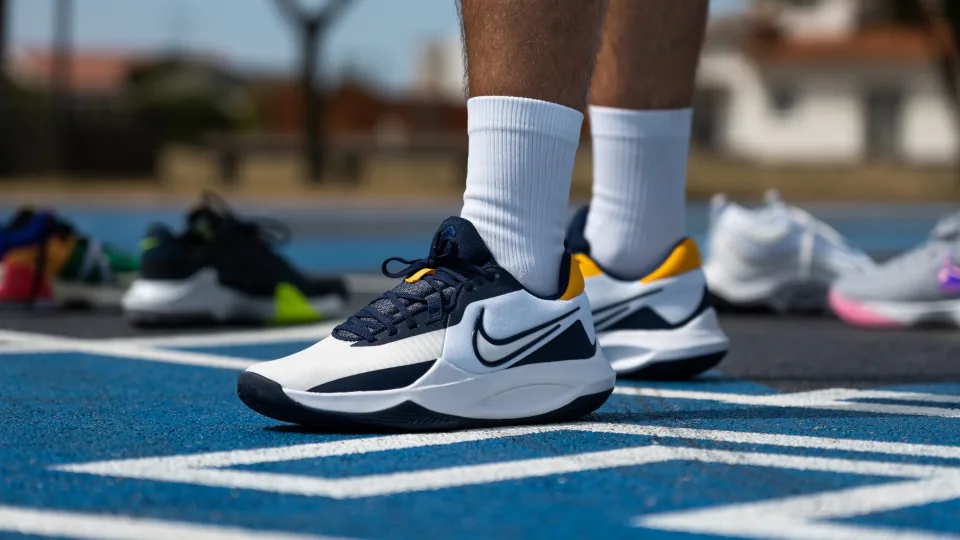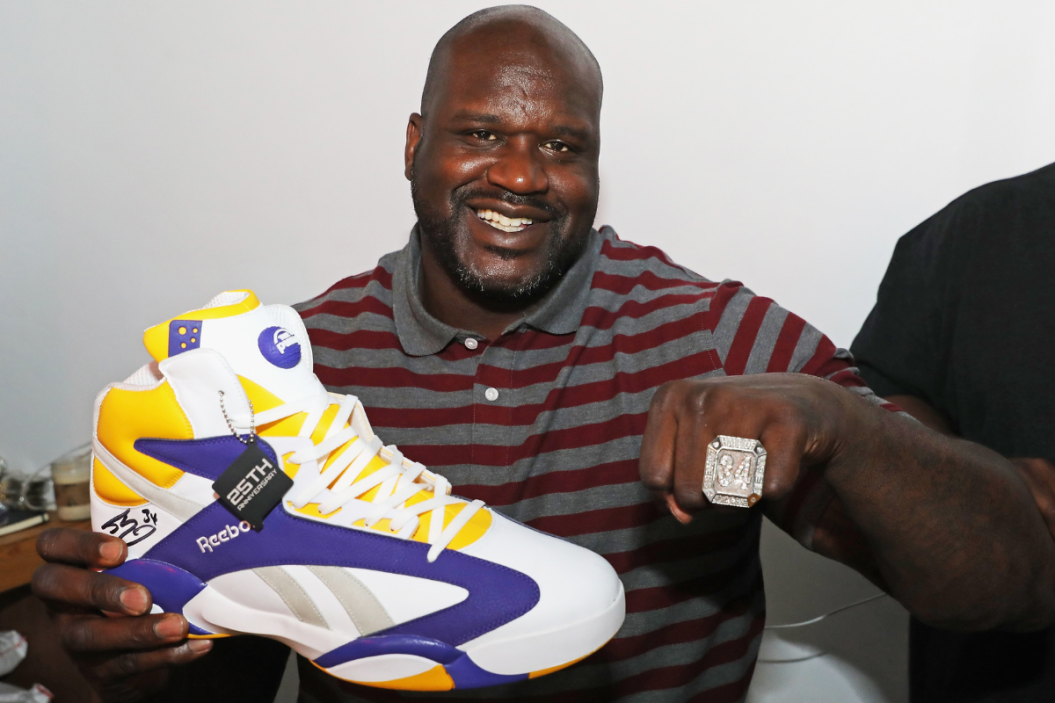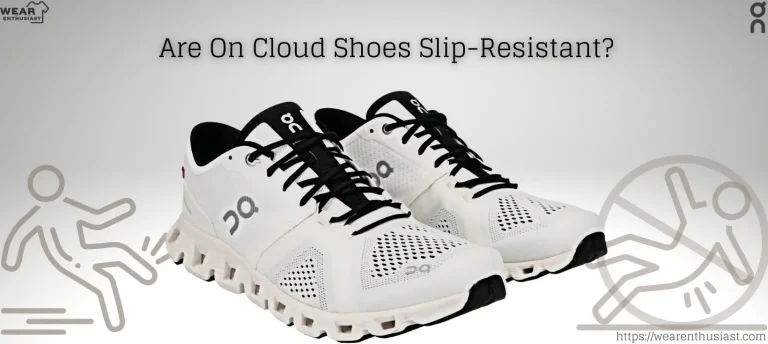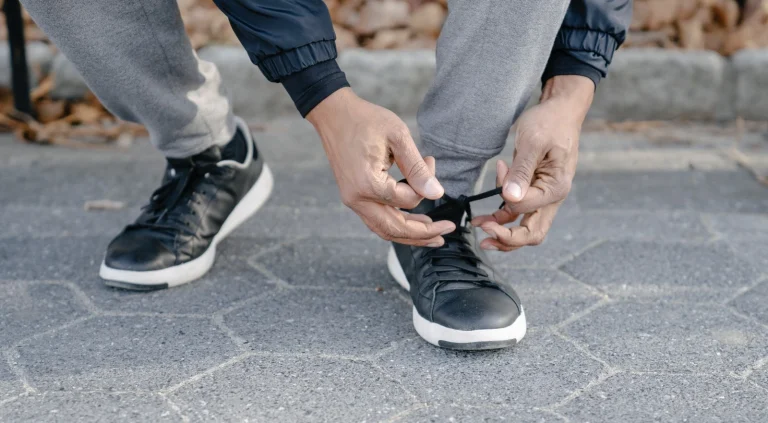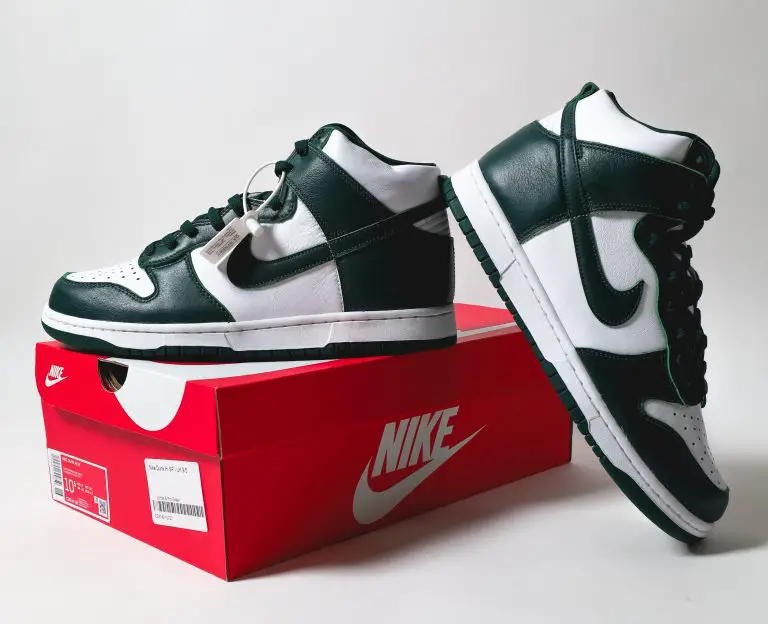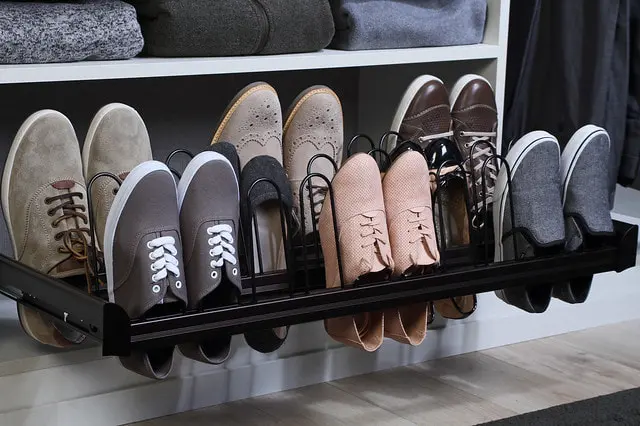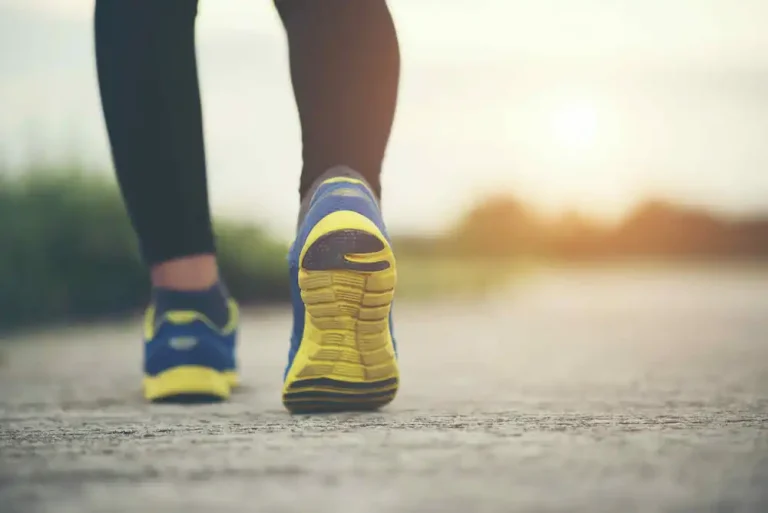Are Basketball Shoes Good For Walking?
Are basketball shoes good for walking? It’s a question that often arises when considering the versatility of these athletic shoes. While basketball shoes are specifically designed for the demands of the court, they can also offer benefits for walking lovers.
With their superior support, cushioning, and durability, basketball shoes can provide a comfortable and stable walking experience. Whether you’re navigating city streets or exploring nature trails, these shoes can help you step with confidence.
In this blog post, we will walk through the world of basketball shoes and explore their suitability for walking, so you can make an informed decision for your next success.
Benefits of using basketball shoes for walking
Basketball shoes are designed to provide comfort, support, and protection during intense basketball games. However, these same features can make them an excellent choice for walking as well. In this section, we will discuss the benefits of using basketball shoes for walking in detail.
Exceptional Cushioning
Basketball shoes are designed with exceptional cushioning and padding to absorb the impact of high jumps and landings during basketball games. This same feature can provide excellent comfort while walking, reducing the stress on your feet and joints.
The added cushioning can also help individuals with foot conditions or those with a heavier stride walk comfortably.
Ankle Support
Basketball shoes are known for their exceptional ankle support, which is crucial for preventing injuries during quick lateral movements on the basketball court.
While walking may not require the same level of ankle support, it can still benefit individuals with weak ankles or those prone to sprains.

Superb Arch Support
Many basketball shoe models are designed with excellent arch support. This is crucial for individuals with high arches or flat feet.
As it helps maintain proper alignment and reduces the risk of discomfort or pain during walks.
Durable Outsoles
The robust rubber outsoles of basketball shoes are built to withstand the demands of the basketball court.
When used for walking, these outsoles offer excellent traction on various surfaces, ensuring stability and grip.
Impact Absorption
Basketball shoes are specifically engineered to absorb the high-impact forces generated during jumps and landings. This feature translates well to walking, as it helps reduce the stress on your joints, especially if you have a heavier stride.
This can be particularly beneficial for individuals with joint pain or those recovering from injuries.
Traction And Stability
Basketball shoes are designed with a grippy outsole to provide excellent traction on indoor courts. This same feature can be advantageous for walking on various surfaces, ensuring stability and reducing the risk of slipping or falling.
The outsole’s grip can help you maintain your balance on uneven or slippery surfaces, making walking safer and more comfortable.
Durability And Longevity
Basketball shoes are built to withstand the rigors of intense basketball games, making them durable and long-lasting.
This durability ensures that your shoes will hold up well even during extended periods of walking, making them a reliable choice for everyday use.
Style And Versatility
Basketball shoes are renowned for their stylish designs, making them a popular choice for many sneaker enthusiasts.
In addition, they can be versatile enough to be worn casually, allowing you to showcase your personal style while walking comfortably.
Personal Preference
Comfort and preference in footwear are subjective, and many individuals find that the cushioning, fit, and style of basketball shoes align with their tastes and walking needs
Read More: Best Basketball Shoes For Dusty Courts
Read More: Best Basketball Shoes For Explosive Players
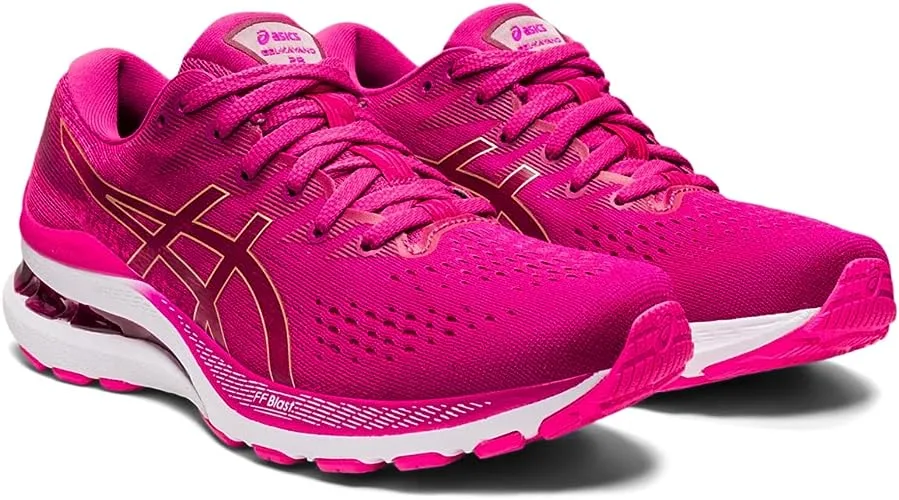
drawbacks of using basketball shoes for walking
While basketball shoes can offer several benefits for walking, there are also some drawbacks to consider. Here are some potential drawbacks of using basketball shoes for walking:
Weight
Basketball shoes are typically heavier than regular walking shoes. This extra weight can make walking feel more strenuous and can lead to fatigue, especially during longer walks.
The added weight can also affect your stride and may not be ideal for individuals looking for lightweight shoes for walking.
Stiffness
Basketball shoes are designed to provide stability and support during quick lateral movements on the basketball court. As a result, they often have a stiffer construction compared to walking shoes.
This stiffness can limit the natural movement of your feet while walking, potentially leading to discomfort or a restricted range of motion.
Breathability
Basketball shoes often prioritize support and durability over breathability. They may feature thicker materials and less ventilation compared to walking shoes.
This can result in your feet feeling hot and sweaty during longer walks, potentially leading to discomfort and an increased risk of blisters or foot odor.
Lack Of Flexibility
Basketball shoes typically have a rigid sole and less flexibility compared to walking shoes. This lack of flexibility can affect the natural movement of your feet and may not provide the same level of comfort and flexibility required for walking.
It can also limit your ability to roll through your stride smoothly, potentially leading to an altered gait pattern.
Limited Cushioning Options
While basketball shoes are designed to provide cushioning for impact absorption during jumps and landings, the level and type of cushioning may not be suitable for everyone’s walking needs.
Some individuals may prefer a softer or more responsive cushioning system, which may not be found in all basketball shoe models.
Style Limitations
While basketball shoes are often sought after for their stylish designs, some individuals may find the bold and sporty aesthetics of basketball shoes less suitable for everyday walking or casual wear.
If you prefer a more understated or versatile shoe style, basketball shoes may not be the best option for you.
Specific Foot Conditions
Individuals with specific foot conditions, such as high arches, flat feet, or plantar fasciitis, may require specialized shoes that address their specific needs.
While basketball shoes can provide general support and cushioning, they may not offer the specific features required to alleviate symptoms or provide optimal support for these conditions.
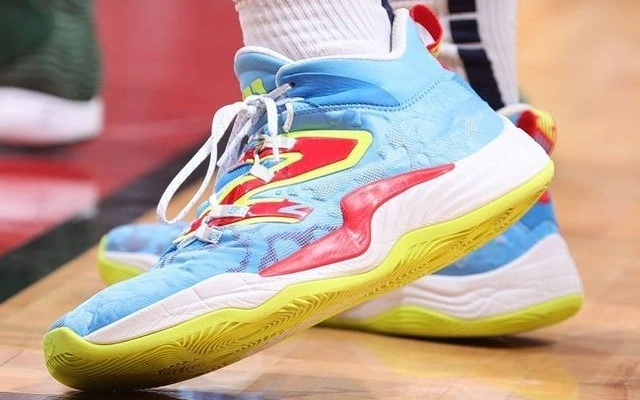
Basketball shoes vs. walking shoes: what’s the difference?
Here is a detailed comparison between basketball shoes and walking shoes:
Design And Construction
- Basketball Shoes: Designed for stability, support, and protection during quick lateral movements, jumps, and landings on the basketball court. They often have a high-top or mid-top design, a padded collar, a reinforced toe box, and sturdy materials.
- Walking Shoes: Designed for flexibility, cushioning, and comfort for extended periods of walking. They typically have a low-top design, lightweight materials, breathable uppers, and cushioning systems.
Cushioning And Impact Absorption
- Basketball Shoes: Equipped with thicker and more responsive cushioning in the heel and forefoot areas to absorb high impact forces during jumps and landings.
- Walking Shoes: Have softer and evenly distributed cushioning throughout the midsole to provide all-day comfort and support for walking.
Traction And Outsole
- Basketball Shoes: specialized outsole pattern with deep grooves and multidirectional patterns for excellent traction on indoor courts
- Walking Shoes: Versatile outsole design with sufficient grip for various walking surfaces such as pavement, trails, or indoor surfaces.
Support And Stability
- Basketball Shoes: Prioritize ankle support with a high-top or mid-top design and a padded collar to prevent ankle sprains. Additional features, like a supportive shank or TPU plate, enhance stability
- Walking Shoes: Provide adequate support for the foot and arch, with a supportive midsole and firm heel counter to promote proper foot alignment and reduce pronation or supination.
Breathability and weight
- Basketball shoes may prioritize durability and support over breathability, with thicker and more durable materials that can limit ventilation. They tend to be heavier due to their construction and added performance features.
- Walking Shoes: Prioritize breathability with lightweight and breathable materials in the upper, allowing for better airflow. They are generally lighter in weight for comfort and ease of movement.
Style and Versatility
- Basketball Shoes: Known for stylish designs with bold colors, patterns, and branding. Popular as fashion statements and streetwear, but may not suit everyone’s style preferences for everyday wear.
- Walking shoes come in a wide range of styles, from athletic-looking designs to more casual and versatile options. Designed to blend in with everyday attire and suitable for various activities
Read More: Best Running Shoes For Bunions
Read More: Best Running Shoes For Plantar Fasciitis

Are Basketball Shoes Good For Walking? Author’s Opinion For More Clear Decision
While basketball shoes can be used for walking, they may not be the ideal choice for extended periods of walking. Basketball shoes are specifically designed to provide support, stability, and cushioning for the quick lateral movements, jumps, and landings involved in basketball.
However, basketball shoes may not offer the same level of comfort and flexibility as walking shoes, which are specifically designed for the repetitive motion of walking. Walking shoes typically have softer and evenly distributed cushioning throughout the midsole to provide all-day comfort and support for walking.
In addition, basketball shoes may have a higher weight compared to walking shoes, which can lead to fatigue and discomfort during long walks. The thicker and more durable materials used in basketball shoes may also limit breathability, leading to heat and moisture buildup during prolonged use.
It’s important to consider the specific needs of your activity when choosing footwear. If you primarily engage in basketball and occasionally use the shoes for walking, basketball shoes may be sufficient.
However, if you plan on walking for extended periods, it is recommended to invest in a pair of walking shoes that are specifically designed for that purpose. This will provide you with the necessary comfort, support, and flexibility for walking activities.
In short, basketball shoes can be used for walking, but they may not be the best choice for extended periods of walking.
Conclusion
Basketball shoes can be used for walking, but they may not be the ideal choice for extended periods of walking. Basketball shoes are specifically designed for the quick lateral movements, jumps, and landings involved in basketball, while walking shoes are designed for the repetitive motion of walking.
Walking shoes typically have softer and evenly distributed cushioning throughout the midsole to provide all-day comfort and support for walking. Basketball shoes may have a higher weight compared to walking shoes, which can lead to fatigue and discomfort during long walks. It’s important to consider the specific needs of your activity when choosing footwear.





